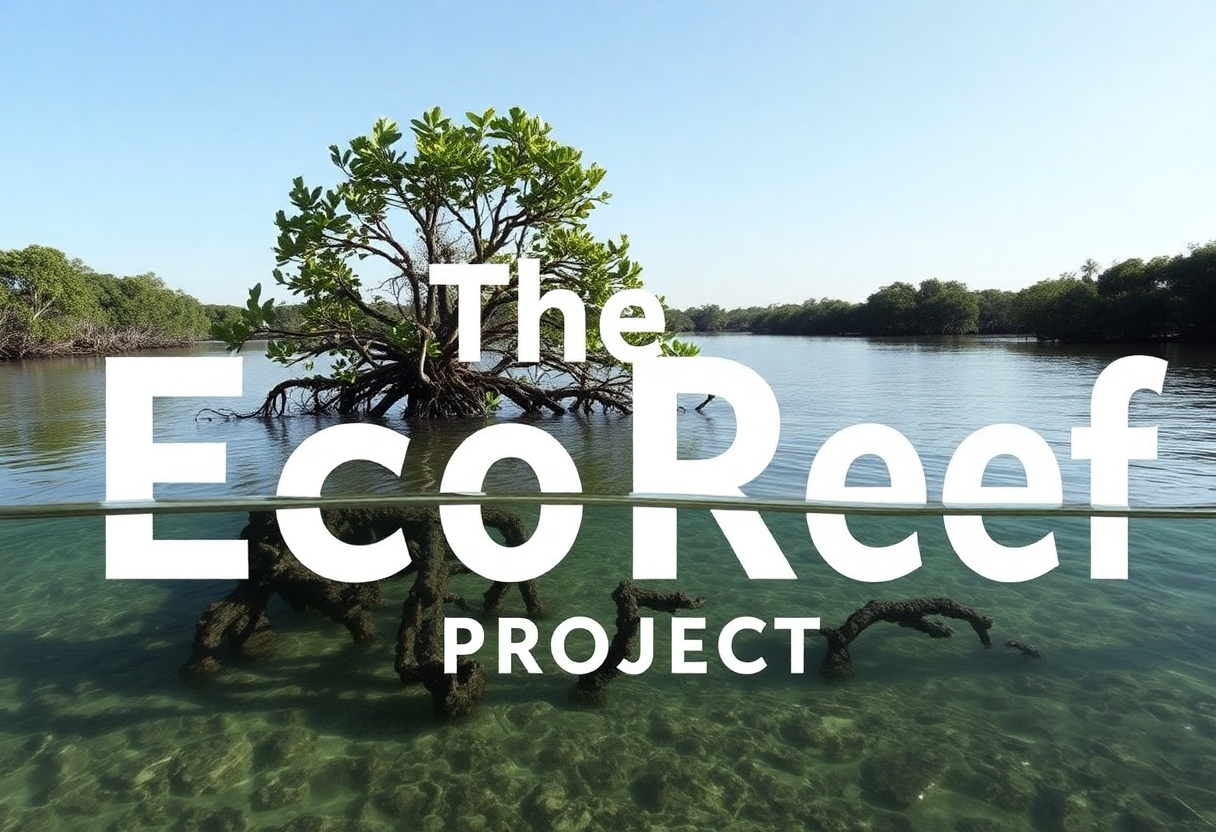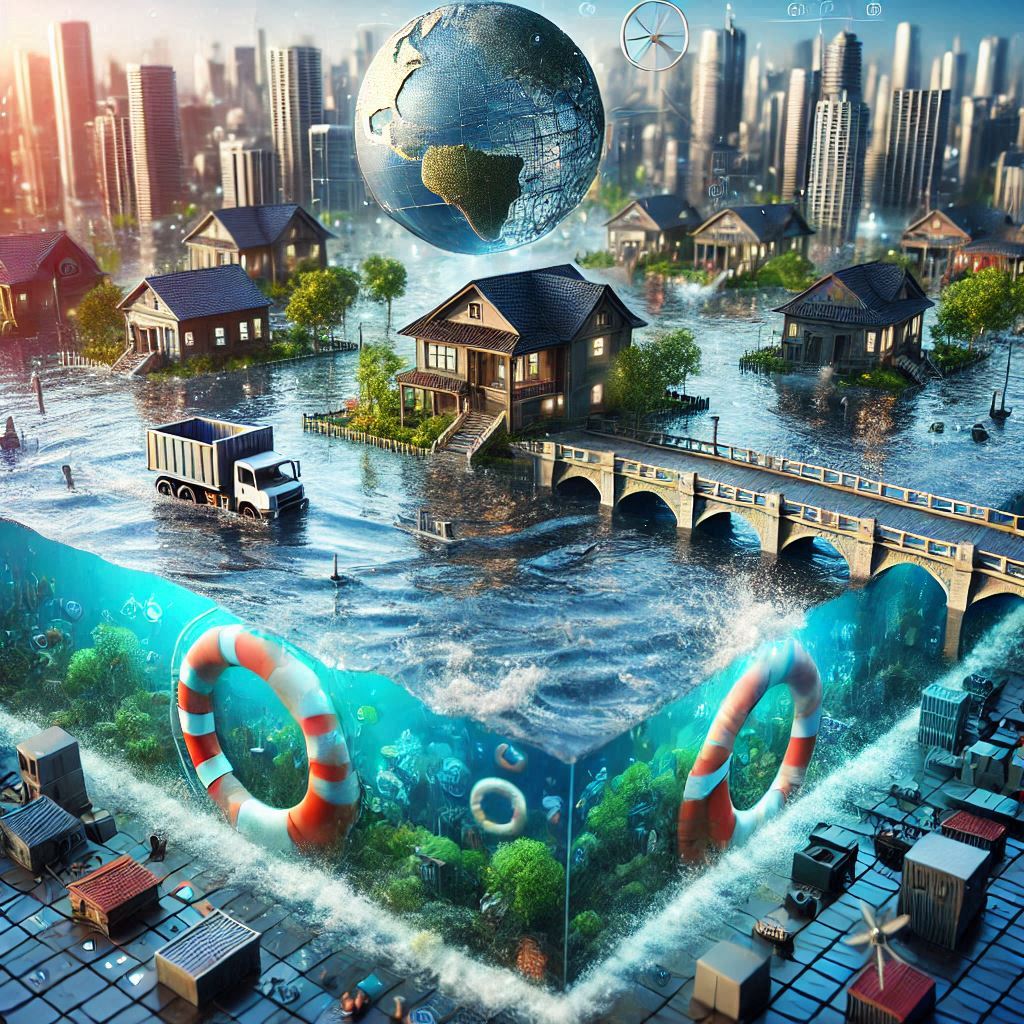FireAid LA Concert 2025 Igniting A Wave Of Good Powerful Change On January 31, 2025

An Unforgettable Event
Uniting for a Cause
The FireAid LA Concert 2025 held on January 31, 2025, was an electrifying event that brought together artists, activists, and citizens with a shared mission: to combat the devastating impacts of wildfires and promote positive environmental and societal changes. Held in Los Angeles, the concert served as both a fundraiser and an inspiring rally for action.
A Night of Hope
The atmosphere would have been weird as it would be charged sadness but with a sense of urgency and hope. Performers from various genres took the stage, each delivering powerful messages through their music. The goal was clear: to raise awareness, funds, and spirits for the fight against wildfires and climate change.
The Environmental Crisis
The Growing Threat of Wildfires
Wildfires have become increasingly frequent and severe, causing widespread destruction of natural habitats, loss of wildlife, and significant contributions to climate change. California, in particular, has seen unprecedented fire seasons that have left communities and ecosystems in ruins.
The Call to Action
At FireAid LA Concert 2025, experts and activists stressed the need for immediate and sustained efforts to address this crisis. Attendees were encouraged to take personal steps to reduce their carbon footprint, support reforestation initiatives, and advocate for stronger environmental policies.

The Social Impact
Building Resilient Communities
Communities affected by wildfires often face long-term challenges in recovery. FireAid LA highlighted the importance of resilience, showcasing stories of individuals and groups who have overcome adversity and rebuilt their lives. The event aimed to foster a sense of solidarity and mutual support among attendees.
Advocating for Policy Reform
Speakers also emphasized the necessity of policy reforms to better manage wildfire risks and support affected communities. Proposals included enhanced emergency response systems, increased funding for fire prevention programs, and comprehensive climate action plans.
The Cultural Significance
Music as a Medium for Change
The power of music to inspire and unite was on full display at FireAid LA Concert 2025. Artists used their platforms to deliver compelling performances that resonated deeply with the audience. Their songs carried messages of hope, urgency, and collective responsibility.
Cultivating a Movement
The concert was designed to spark a larger movement for change. By engaging the audience and encouraging them to become active participants in environmental and social justice initiatives, FireAid LA aimed to create a lasting impact that extends far beyond the event itself.

Looking Ahead
Sustaining Momentum
The success of FireAid LA Concert 2025 has set the stage for continued efforts in addressing the intertwined issues of wildfire management, climate change, and community resilience. The organizers and participants are committed to sustaining the momentum generated by the concert and translating it into concrete actions.
Expanding Outreach
Plans are already underway for future events and campaigns to expand the reach of FireAid’s message. By partnering with other organizations, leveraging social media, and engaging more communities, the goal is to create a widespread groundswell of support for meaningful change.
Empowering Individuals
Personal Responsibility
One of the key takeaways from FireAid LA was the emphasis on individual responsibility. Attendees were reminded that everyone has a role to play in combating climate change and supporting affected communities. Simple actions, such as reducing energy consumption, supporting eco-friendly policies, and volunteering, can collectively make a significant difference.
Inspiring Future Leaders
The event also aimed to inspire the next generation of environmental and social leaders. By highlighting the efforts of young activists and encouraging youth participation, FireAid LA sought to empower future leaders to take bold actions for a sustainable and just world.

Collaborative Efforts
Partnering for Change
Collaboration was a central theme of FireAid LA Concert 2025. The event brought together a diverse array of organizations, each contributing their expertise and resources to the cause. This collaborative approach underscored the importance of working together to achieve shared goals.
Creating Synergy
By fostering partnerships between environmental groups, community organizations, and policymakers, FireAid LA demonstrated the power of synergy. The combined efforts of these groups can amplify impact and drive significant progress in addressing the challenges posed by wildfires and climate change.
Conclusion
A Bright Future Ahead
The FireAid LA Concert 2025 was more than just an event; it was a beacon of hope and a catalyst for change. By uniting people from all walks of life, it highlighted the importance of collective action in addressing environmental and social challenges. The momentum generated by the concert has the potential to drive significant progress in the fight against wildfires and climate change. As we look to the future, it is crucial that we continue to build on this foundation, working together to create a more resilient, sustainable, and just world for all.
Join the Discussion
Your Voice Matters
The conversation around wildfires, climate change, and community resilience is far from over.







































